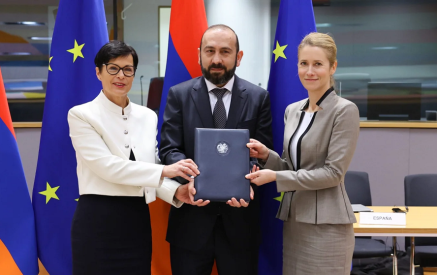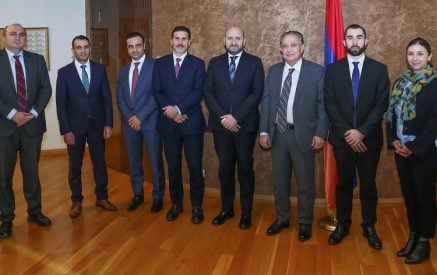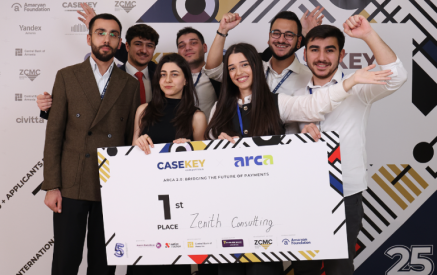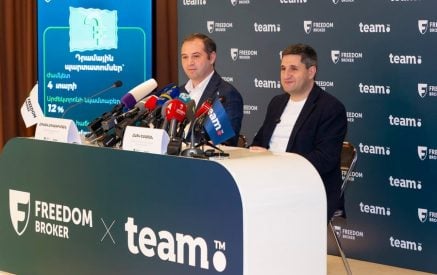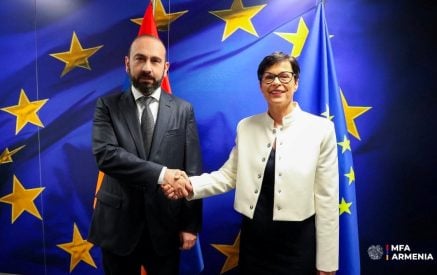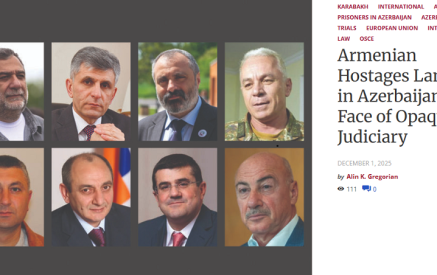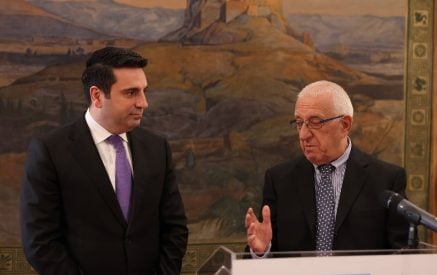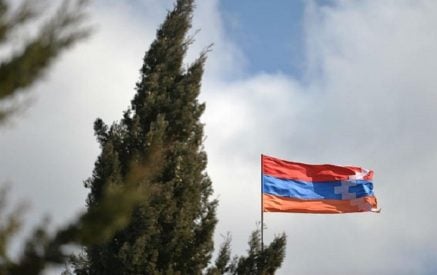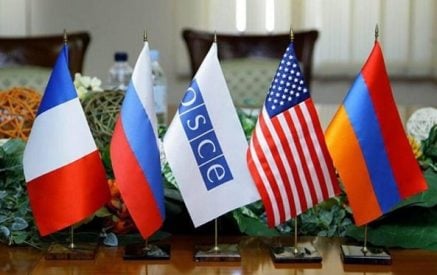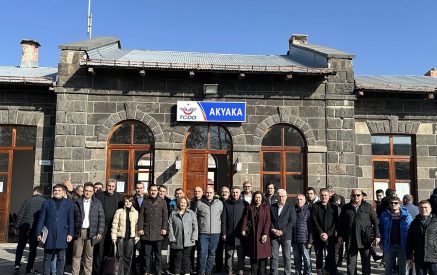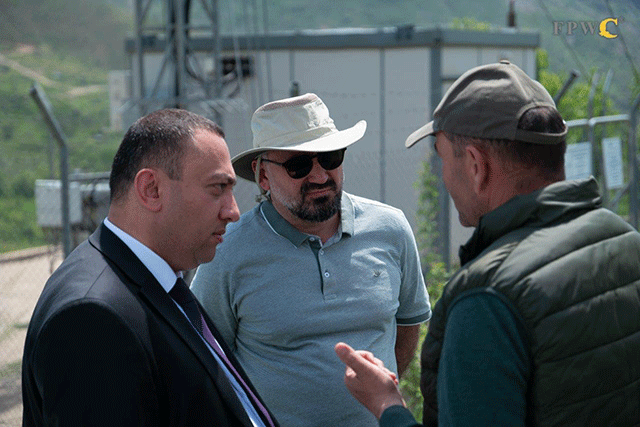Solar energy and modern technologies in environmental projects
To be guided by the management model based on responsibility, desire to contribute to development and longing of achieving results։ Viva-MTS and the Foundation for Preservation of Wildlife and Cultural Assets (FPWC) work with these principles during the implementation of joint projects. The long-standing partners take care of the preservation of the country and the ecosystem, not only within the framework of specific days declared internationally, but almost on a daily basis, through programs that provide long-term results.
In Vayots Dzor, the region that is most often the target of bear attacks, the second phase of the implementation of electric fences was implemented. The work of electric fences powered by solar energy is expected especially in Yeghegis community. Two of the local farmers have suffered significant damage in recent years because of the attack of honey-loving animals: one of them lost 47 beehives and the other seven cattle. As a result of this donation, the issue of maintaining the economy of 15 farms will be resolved. 15 solar powered systems were provided to Yeghegis (7), Areni (4) and Vayq (4) communities.
Read also
“We should not be satisfied with only calling Armenia “The country of the Sun”, but also make use of this valuable resource. Especially now, when modernization of solar technologies and their usage in various spheres play an important role in the world’s development. Together with our partners, we have chosen our way to move forward. This project is based on the following principle: if the development of technologies allows to regulate the mechanism of living in harmony with the Nature, one should make use of it as much as possible,” Viva-MTS General Director Armen Avetisian said.
“New technologies develop very quickly and enter every aspect of our life. Today, without them, we cannot solve the environmental challenges we face, especially human-wildlife conflicts,” said the founder-director of FPWC Ruben Khachatryan.
Yeghegis community, which has some experience in working with electric fences, also appreciates the effectiveness of this investment. The head of the community, Arthur Stepanyan, says that in the past, it was not possible to avoid the bear attacks after the peaches turned red, yet, now they don’t have such a problem at all. In the past, villagers fenced their gardens or beehives with stones, which, of course, was not effective at all. After the introduction of electric fences, bear attacks in Yeghegis have decreased dramatically. The efficiency of the equipment is especially emphasized in the case of pastures in places far from settlements. Now fellow villagers are able to protect several households with one electric fence.
By passing a special training on the use of electric fences, a farmer can fence an area of 7500 m2 in 10-15 minutes. The system consists of a solar panel, a micro-inverter, a storage battery, a generator and a 300 linear meter fence that can be quickly assembled and disassembled.
























